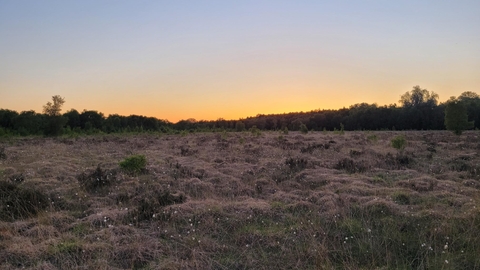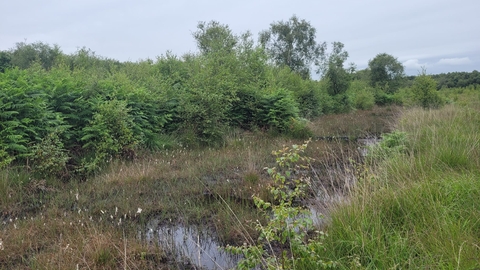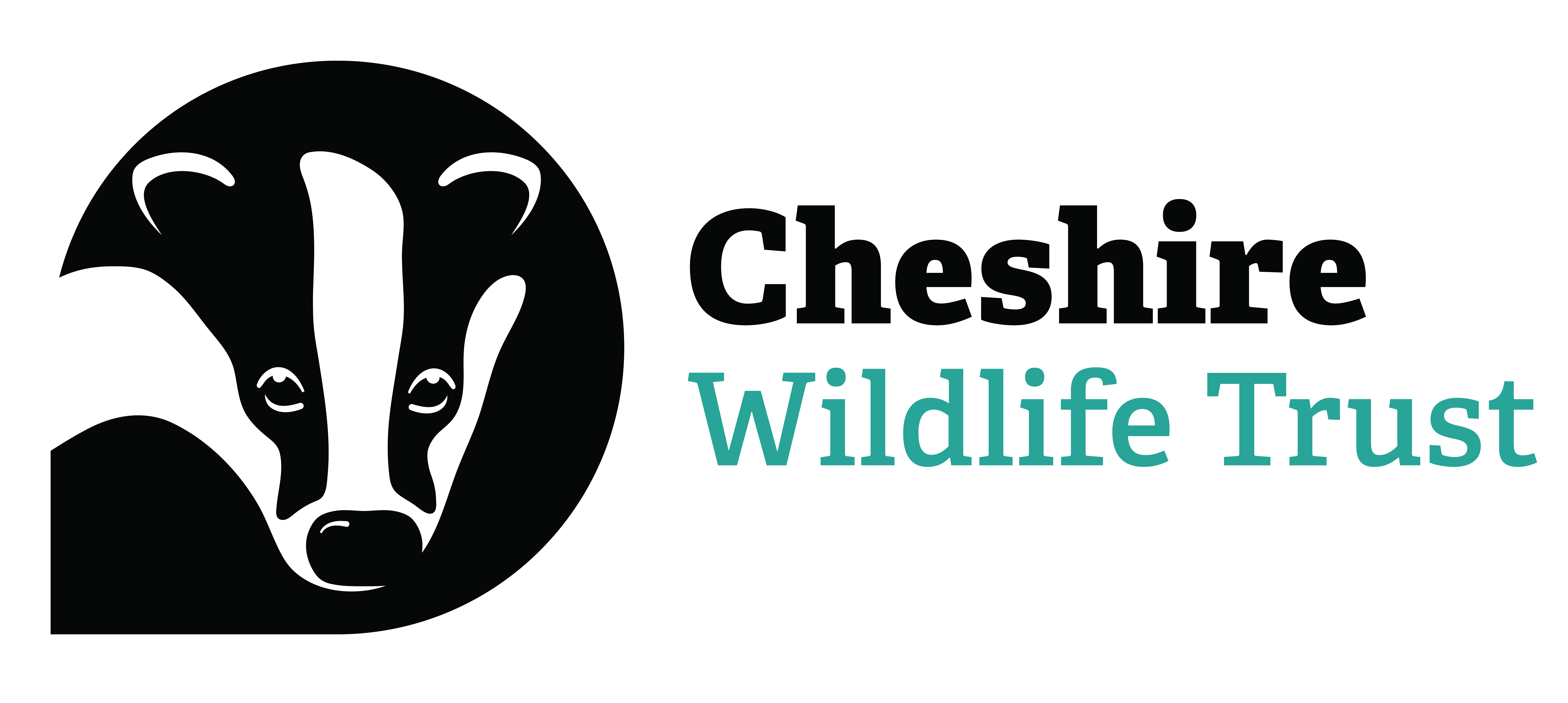

Holcroft Moss
Location
Know before you go
Dogs
When to visit
Opening times
Permit required - contact the Trust.Best time to visit
Permit required - contact the Trust.About the reserve
Holcroft Moss is a designated Site of Special Scientific interest (SSSI), Special Area of Conservation (SAC), and a RAMSAR site due to it being a wetland of international importance. The site is the only known remaining area of uncut lowland raised bog in Cheshire. Since the 1850’s England has seen a 98.6% reduction in in areas of Lowland raised bog, with a total remaining area of only 500 hectares, due to practices such as peat extraction and change in land use.
The plant communities of a functioning peat bog are more efficient than trees at capturing and storing Carbon dioxide from the atmosphere. The expanse of the lowland raised bog at Holcroft Moss measures approximately 13 hectares, surrounded by a belt of semi-natural mixed deciduous woodland. This rare habitat, made up of peat deposits dating back to the last ice age is home to an array of bog community plant species, including Round leaved sundew (Drosera rotundifolia L.), Cross-leaved heath (Erica tetralix), Common cotton-grass (Eriophorum angustifolium) and Cranberry (Vaccinium oxycoccus). The bog also provides suitable habitat for species such as Bog bush cricket (Metrioptera brachyptera), common lizards (Zootoca vivipara), snipe (Gallinago gallinago) and woodcock (Scolopax rusticola).
The lowland raised bog habitat at Holcroft Moss faces several Challenges. Localised challenges include scrub encroachment, as the surrounding woodland act as a seed source for pioneer species such as Silver Birch, which if left unchecked will encroach onto the bog and lead to the top layer of peat drying out.
On a global scale, climate change poses a threat to the lowland raised bog as rising temperatures and more extreme and unpredictable weather patterns, can lead to fluctuations in the water table, and drying out of the peat which may lead to the release of carbon into the atmosphere.
Current management efforts take a variety of forms, as we aim to preserve and enhance the biodiversity of the site. Techniques include scrub and bracken control to stop encroachment on to the margins of the bog, and the control of Himalayan Balsam in the woodlands.
Please note: Due to the location and the nature of the site, it is not open to the public. We do however have occasional volunteer work party days, where people can come and experience the beauty of the site, whilst helping in our efforts to preserve it.
